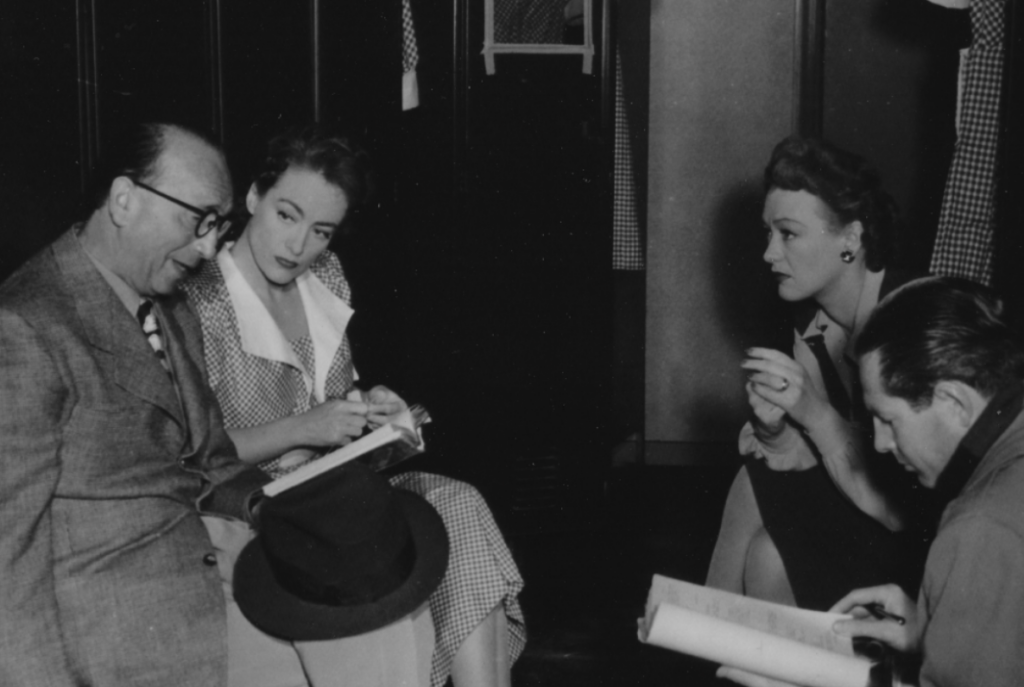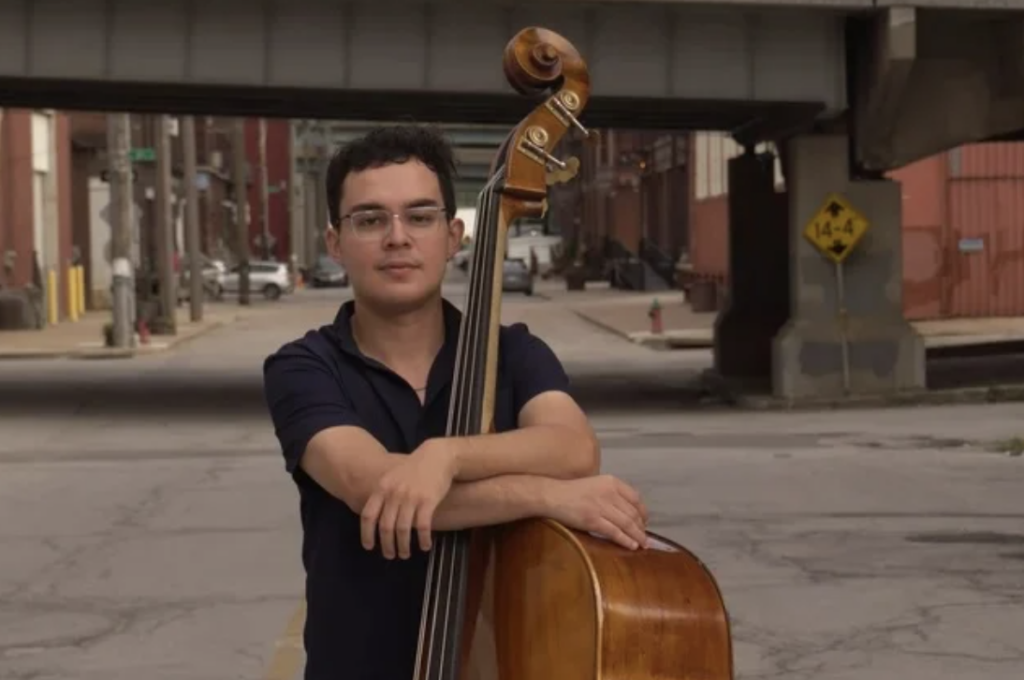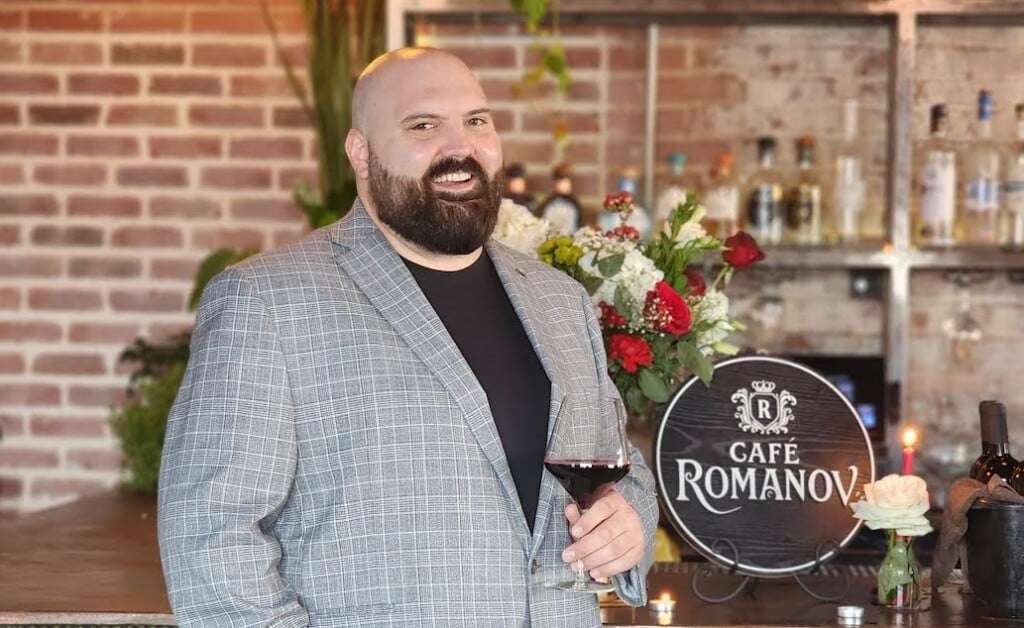Pretty Pupusas

Just before Christmas, my friend Carmen called to ask if I knew of a restaurant that served authentic Guatemalan tamales. Carmen is a native of República de Guatemala and wanted to celebrate the holidays with her brother and his family in the traditional fashion, serving tamal colorado on Christmas Eve. The only restaurant where I had tasted these unusual tamales wrapped in banana leaves was a cozy little joint on Southwest Boulevard called Café Espresso III, but owners Luke Heckbart and Pedro Espino had closed that combination restaurant and coffeehouse in 2006 to open a bed-and-breakfast a few blocks away.
I called Espino to see if he might prepare the tamales for Carmen anyway, and he agreed — but by the time I spoke to her, she had made her own discovery: a tiny little restaurant in Kansas City, Kansas, called El Quetzal. The owners are Guatemalan and had made the tamales for her to take home on Christmas Eve.
Carmen raved about the restaurant but didn’t think I would like it. “It’s a little place, not very fancy,” she said. “No tablecloths, and folding metal chairs. It’s like eating in someone’s kitchen.”
That didn’t sound particularly appealing. And then I remembered that last spring, a reader had e-mailed me about this same restaurant and I had driven over to Kansas City, Kansas, to check it out. I walked into El Quetzal’s tiny kitchen-dining room and was stunned to see that the place was smaller than my own kitchen and had, unbelievably, an even uglier linoleum floor.
The little pupuseria was just a little too rustic for my dining companion, who refused to eat there — especially after taking a look at the menu, which was illustrated with blurry photographs that didn’t exactly offer the most flattering depictions of dishes such as carne guisada and chiles rellenos.
But hell, I’m game for a culinary adventure, and when Carmen told me to give it a second chance, we agreed to go there together. “You have to drive slowly,” Carmen warned me as we passed the Granada Theater on a chilly Friday night. “This place is so small, you’ll pass it if you blink.”
I blinked, so we had to turn the car around and look for it again. And there it was: a low-slung dark-brick building with a gray metal door and a neon “Open” sign in the window. When we walked in, the owner, his wife (who does the cooking) and a waitress were there, but no other customers. I counted six blue-painted, glass-topped tables and 18 blue metal folding chairs. A television mounted on the wall was tuned to a racy telenovela. We sat down at one of the smaller tables, and Carmen engaged the waitress in an animated conversation. I was glad she was with me; I speak no Spanish, and it didn’t seem like the staff spoke much English.
“It’s been here for five years,” Carmen told me when our server stepped across the room to prepare two plastic tumblers of agua fresca. “It’s fruit water,” Carmen explained. “It’s what I grew up drinking on hot days after school. It’s just water, fresh melon, sugar and lime juice.”
That night, the agua fresca was made with watermelon, but El Quetzal owner Anastacio Rios changes the recipe frequently. Although I’m not a fan of soda pop or sweet drinks, I fell in love with this icy concoction that wasn’t cloyingly sweet. And it was perfect for this restaurant’s fare, which isn’t particularly spicy but has a few vinegary components.
El Quetzal specializes in a Salvadoran creation that’s the ultimate street food in Central America. Pupusas are thick, soft, handmade corn tortillas — like hunky pancakes — stuffed with a variety of ingredients. Here the possibilities include just cheese, refried beans and cheese, cheese and the buds of the loroco flower — “It can make you sleepy,” Carmen said — and chicharron (fried pork). We sampled quite a few as appetizers, thanks to Carmen’s great nostalgia for the delicacy — which I now adore, too. The best way to eat them is right off the grill, still steaming, topped with a spoonful of curtido, a relish (for lack of a better word) of crisp chopped cabbage, carrot and onions marinated in lime juice. “I could eat this all day,” Carmen sighed.
Carmen wanted to order tamales for her dinner, but El Quetzal offers pork tamales only on Saturdays and Sundays (along with deep-fried tilapia and a special beef soup). She settled on puerco adobada, a pork chop slathered with a tangy chile paste and served, like most of the dinners here, with a very simple salad (iceberg lettuce, two slices of cucumber, two pieces of tomato and half a fresh lime), rice and black beans.
I’d gone all out and ordered a dinner that sounded insanely rich: pollo crema. The big bowl that arrived in front of me had a stewed chicken resting in a milky broth lightly seasoned with lime, onion and garlic. I pulled off pieces of the fork-tender bird and folded them in fresh flour tortillas, and it was one of the most heavenly ways I’d ever tasted the lowly fowl. Before I knew it, I was looking down on a bowl of bones.
I returned to El Quetzal nearly a week later for lunch with my co-worker Zach, who lived in Guatemala City for two years after he finished high school. “I was a missionary,” he told me, “so we lived very frugally.”
Zach had warned me that Central American cooking is hardly haute cuisine, but the minute he took a sip of icy cantaloupe agua fresca and bit into a hot pupusa, he started waxing nostalgic about how authentic it was. And he was thrilled to see that El Quetzal offers traditional Central American breakfasts — even for lunch. “Now that’s something I’ve missed over the years,” he said. “These are the kinds of breakfasts you find everywhere in Guatemala City — even at McDonald’s.”
This standard Central American desayuno includes three fried eggs, a heap of long-simmered black beans, fried plaintains, a hunk of slightly salty farmer’s cheese, hot tortillas and a little plastic cup of “table crema” — “You know it as crème fraîche,” Zach told me.
When I ordered the bistek al gusto, Zach told me that it would taste like Salisbury steak. And it did. The grilled strips of skirt steak weren’t the most tender I’d tasted, though they were smothered in a lovely sauce of peppers, onions and tomatoes. The dish hardly packed any heat, though I’d ordered it spicy. “What you think of as spicy isn’t the same in Guatemala,” Zach said, so I splashed a little hot-pepper sauce on it and ate the stewlike dish with tortillas and the rice steamed with kernels of yellow corn. It was fantastic, but far too much food for me to finish.
“I shouldn’t have eaten so many pupusas,” I confessed to Zach.
“In Guatemala, they think fat people are rich,” he said.
After paying such a small price for so much food, I didn’t just feel rich — and fat, for that matter. I really was.




